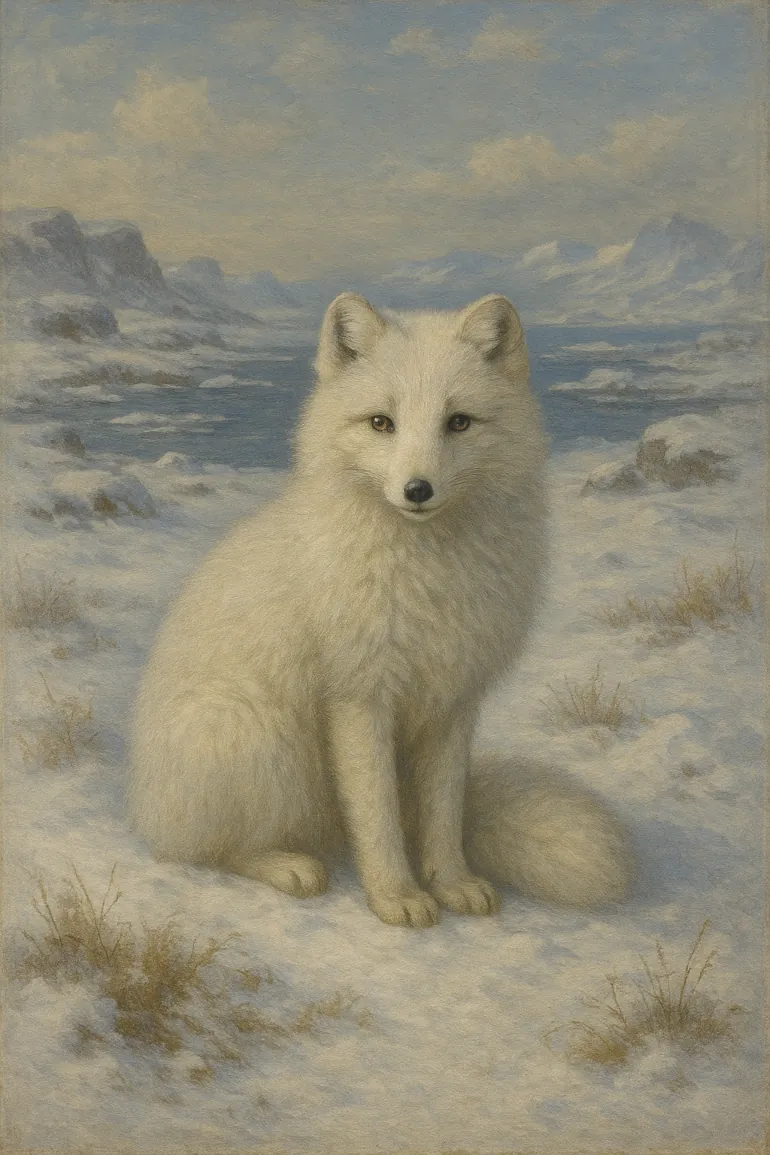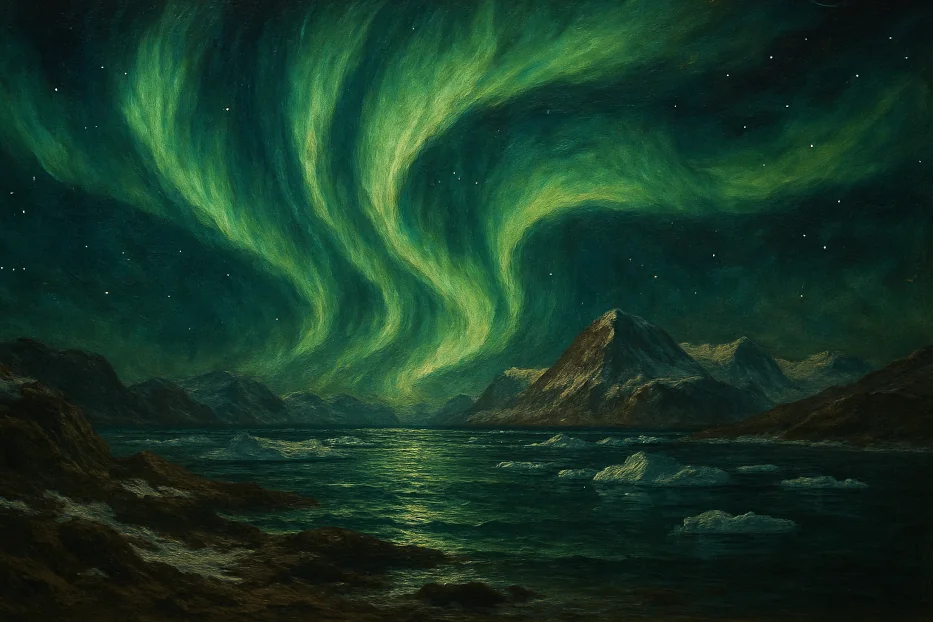Ready to explore the world’s largest island? Greenland is wilder, more beautiful, and more surprising than you ever imagined.
Located between the Arctic and Atlantic Oceans, Greenland isn’t just a giant slab of ice (though there’s plenty of that!). It’s a stunning, mysterious, and even colorful land full of breathtaking natural phenomena, hardy wildlife, and dramatic scenery that travelers dream about.
Let’s dive in and see why you should have Greenland, a vast, autonomous Danish territory in the North American Arctic, on your bucket list.

Table of Contents
The World’s Largest Island and Its Massive Ice Sheet
Greenland spans more than 2.1 million square kilometers, or over 800,000 square miles, making it the world’s largest island. About 80% of it is hidden under a massive ice sheet—second in size only to Antarctica. This ice isn’t static: it moves, creaks, and groans, creating a living, shifting landscape.
Watch Jakobshavn Glacier calve in Ilulissat Icefjord, where giant chunks of ice crack and crash into the sea to form towering icebergs that drift for miles. Each iceberg is a natural sculpture, uniquely shaped by wind, waves, and time.
The World’s 5 Largest Islands by Area (Table)
| Rank | Island | Area (sq. km) | Area (sq. mi) | Country/Countries |
|---|---|---|---|---|
| 1 | Greenland | 2,166,086 | 836,330 | Denmark (Autonomous) |
| 2 | New Guinea | 785,753 | 303,381 | Indonesia, Papua New Guinea |
| 3 | Borneo | 748,168 | 288,869 | Indonesia, Malaysia, Brunei |
| 4 | Madagascar | 592,796 | 228,880 | Madagascar |
| 5 | Baffin Island | 507,451 | 195,928 | Canada |
Nature’s Light Show: The Northern Lights
If you’ve ever dreamed of seeing the Northern Lights, Greenland is one of the world’s best places for it. From September to April, shimmering green, purple, and pink auroras dance across the Arctic sky.
Popular viewing spots like Kangerlussuaq and Ilulissat offer jaw-dropping displays that have inspired local legends for generations. It’s pure magic!

Endless Days and Nights: Midnight Sun and Polar Night
Above the Arctic Circle, Greenland experiences two mind-bending phenomena: the midnight sun and the polar night.
- Midnight Sun: In summer, the sun doesn’t set for months. Imagine hiking at 2 a.m. in bright daylight or kayaking under a golden Arctic sky. It’s surreal and unforgettable.
- Polar Night: In winter, darkness rules. The sun disappears, leaving only a few hours of twilight. But it’s not gloomy—it’s a time of starlit skies, glowing snow, and the best Northern Lights shows.
Surprising Wildlife and Hardy Plants
Think Greenland is all ice? Think again. Summer transforms the tundra into a colorful patchwork of Arctic poppies, mosses, and dwarf willows. These hardy plants burst into life, stabilizing permafrost and feeding local wildlife.
The fauna is just as rugged:
- Polar bears roam the sea ice hunting seals.
- Musk oxen graze on the tundra, looking like woolly relics of the Ice Age.
- Arctic foxes and hares scurry across the snow, perfectly adapted to the cold.
Offshore, you might see humpback whales breaching, narwhals gliding through fjords, and seabirds nesting on sheer cliffs.

Greenland’s Epic Fjords and Hot Springs
Beyond the ice sheet, Greenland is carved by dramatic fjords with sheer cliffs plunging into icy-blue water. Ilulissat’s ice-filled fjord is a UNESCO World Heritage Site and one of the most photogenic places on Earth.
In the south and on Disko Island, you’ll even find geothermal hot springs warm enough for a dip. Imagine soaking while surrounded by Arctic landscapes!
Why Greenland Matters
This is more than just a remote adventure destination. Greenland is a front-row seat to climate change. Its melting ice is reshaping coastlines worldwide, and the region is warming twice as fast as the global average.
Local communities and Indigenous knowledge are central to conservation efforts here, making Greenland a critical place to learn about our changing planet.
Ready to Explore?
Greenland is raw, remote, and ridiculously beautiful. Whether you’re chasing the Northern Lights, watching icebergs drift by, or soaking in hot springs under the midnight sun, this is a place where adventure meets awe.
So go ahead—put the world’s largest island on your travel radar. It might just change the way you see the Earth.

